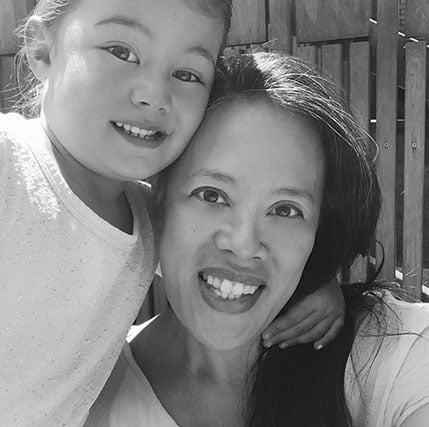Empathy is now considered one of the most important skills in the 21st Century. Teaching empathy. Learning empathy. Leading with empathy: In schools, businesses, and as a whole new world view.
In the human-centered approach to innovation, the first step in design thinking is empathy. Without understanding the perspective of the people you are trying to serve, any design is already starting off missing the most essential element: need.
You might think to yourself, "I’m a teacher/administrator/parent, so I’m not really designing anything.” You might not be designing a product or a good, but you are always designing something: whether it’s your classroom space, activity, final project, or special event. More importantly, you are designing with the intention of serving your students and community in the best way possible.
Empathy has been a challenging topic to teach, because the lessons rely heavily on feeling and experience versus knowledge. To teach empathy, there have to be opportunities to ask questions, relate stories and scenarios, understand challenges, and find the similarities in those challenges to be able to cultivate a true understanding of a problem. This is why at the design thinking firm IDEO, the empathy stage is really centered on the concept of interviews. In other words, ask. Ask a lot of questions, ask open-ended questions, ask for more details, ask about conditions, ask for feelings, ask to understand.
This Spring, I went to an Easter egg hunt with my family. It was the 3rd annual hunt that a family friend created in her backyard for her relatives and community. Easter Egg hunts have always been fantastic and playful to me, but I was amazed at the detail paid to this particular one. She had strategically hidden eggs at various height levels throughout the garden so that each participant would have fair access—in the grass, in chairs and standing planters, up in the branches of low tress, and hanging trellises. Then she went over the different types of eggs that were customized to be age-appropriate. Some had just one candy inside, some had jellybeans or chocolate, and the special eggs for the teens and adults had $20 each inside. For the parents who were worried about the spoils of sugar, she had family baskets ready with coloring books and stickers: no one left with too much sugar. One of the last details in the garden were the marshmallow covered trees that seemed meant to frame the event as a whimsical adventure. I only later found out that she was a former ophthalmology nurse and knew that the bare branches were a potential hazard for the eyes of toddlers running around. She had covered the tip of each branch with a marshmallow to protect the children during the hunt.
In the end, it was clear to me how much thought she had put into this event and how her Easter Egg Hunt design was based on past experience, careful consideration of participants, and planned for all ages and concerns. While we might not all be planning an event like this, it is inevitable that design thinking and empathy will be part of something you will be planning in the future. For an easy guide on how to interview for empathy, here is IDEO’s method for how to interview for empathy:
- Ask why. Even when you think you know the answer, ask people why they do or say things. The answers will sometimes surprise you. A conversation started from one question should go on as long as it needs.
- Never say “usually” when asking a question. Instead, ask about a specific instance or occurrence, such as “tell me about the last time you ______.”
- Encourage stories. Whether or not the stories people tell are true, they reveal how they think about the world. Ask questions that get people telling stories.
- Look for inconsistencies. Sometimes what people say and what they do are different. These inconsistencies often hide interesting insights.
- Pay attention to nonverbal cues. Be aware of body language and emotions.
- Don’t be afraid of silence. Interviewers often feel the need to ask another question when there is a pause. If you allow for silence, a person can reflect on what they’ve just said and may reveal something deeper.
- Don’t suggest answers to your questions. Even if they pause before answering, don’t help them by suggesting an answer. This can unintentionally get people to say things that agree with your expectations.
- Ask questions neutrally. “What do you think about buying gifts for your spouse?” is a better question than “Don’t you think shopping is great?” because the first question doesn’t imply that there is a right answer.
- Don’t ask binary questions. Binary questions can be answered in a word; you want to host a conversation built upon stories.
- Make sure you’re prepared to capture. Always interview in pairs. If this is not possible, you should use a voice recorder—it is impossible to properly engage a user and take detailed notes at the same time.
I hope that this can help during the first step of design thinking! If you have any interview questions you think would be great to cultivate empathy for design thinking, please share them in the comments below.


Comments [0]
Click here to read/write comments